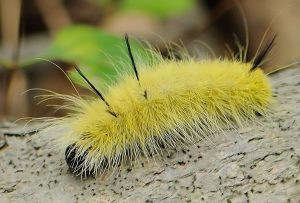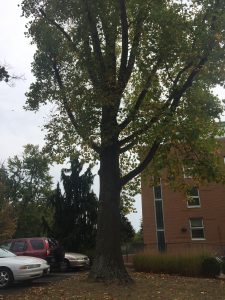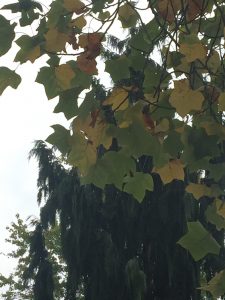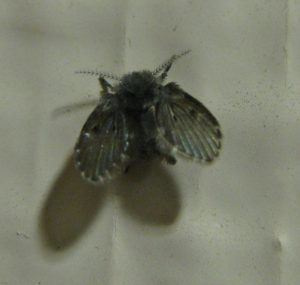While walking along the trail of Brown’s Lake Bog, I came upon an exciting discovery. A large caterpillar lay on it’s back in the middle of the trail, curled up in a ball. At first, I feared it was dead, but upon closer inspection, I could see it was moving slightly. Using a stick from the ground, I picked it up to move it from the path and examine it. This turned out to be the right choice as I later learned that this particular caterpillar protects itself from danger by “stinging” anything that touches it. The caterpillar was quite beautiful. It had a vibrant yellow fuzzy body with several black spikes protruding from its back. It was very large, about 2 inches in length and quite wide from it’s thick fuzz. It sat perfectly still on the end of the stick. After posing for a photo with the caterpillar, I returned it to its home, away from the path to prevent it from being trampled. Later, I looked up the caterpillar, excited to learn of my new discovery. It was the American Dagger Moth Caterpillar. They are found almost everywhere in America east of the Rocky Mountains
in wooded areas. They feed on many common types of trees such as oaks and maples and are often found on the ground in the forest. I was quite excited to find a creature I had never seen before and learn a bit about it.







